Anatomy of a Hunt: Speed, Strategy and Survival / Nature (2018)
As predators chase down their prey on the open savanna it’s a race for survival. Lions and cheetahs are some of the most athletic animals on the planet but strength and speed aren’t everything. By precisely measuring the movements of predators and prey during hunts, researchers have now modeled the optimum strategy of both hunter and hunted, unpacking the subtle details of this evolutionary arms race. During a typical run, a Cheetah can leap 25 feet on a single stride […]

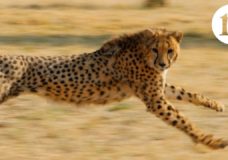



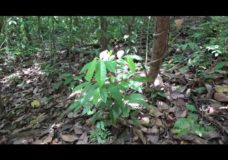
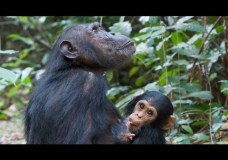

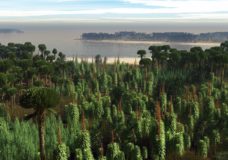



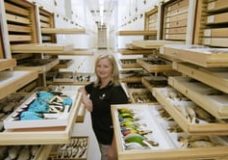


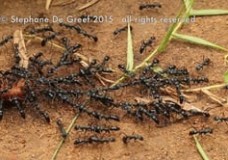

Recent Comments